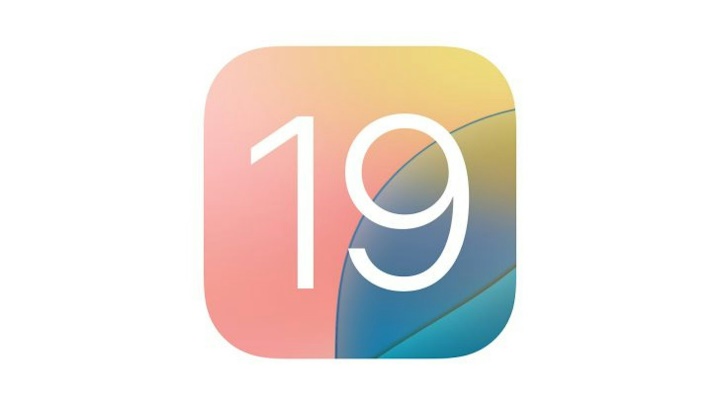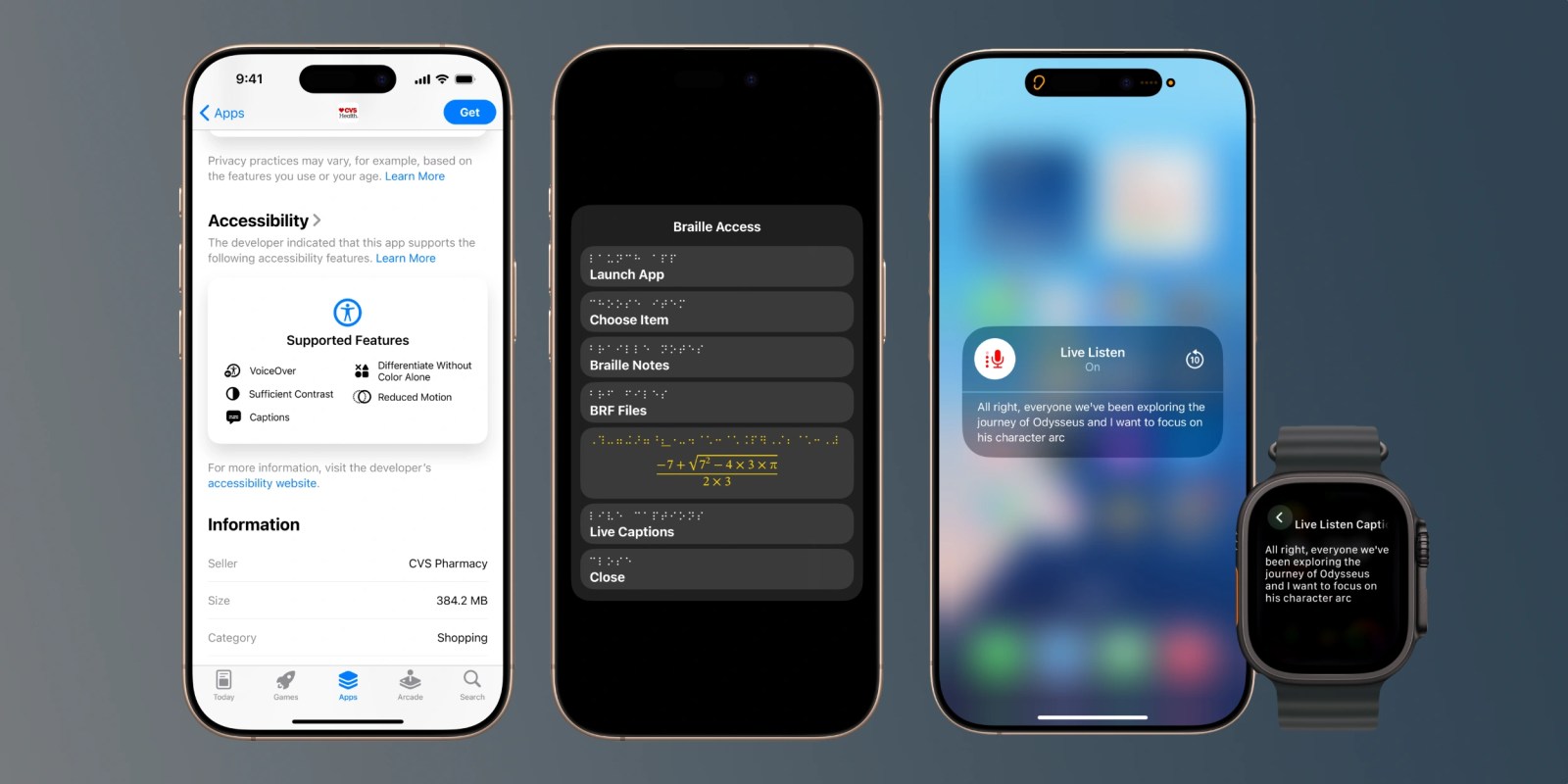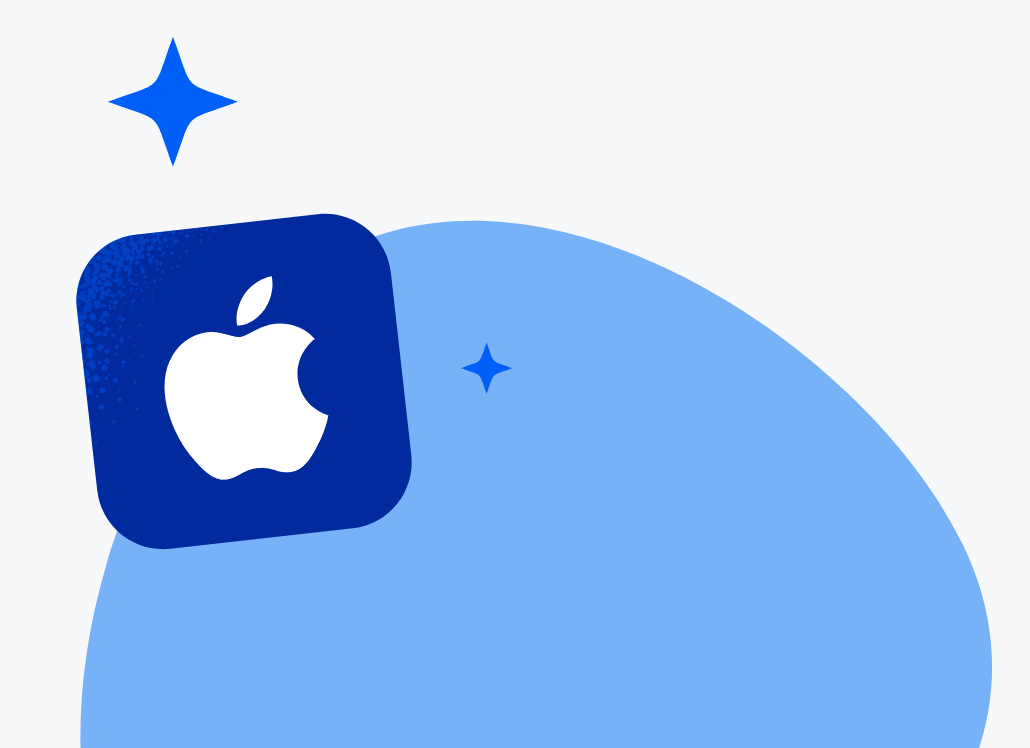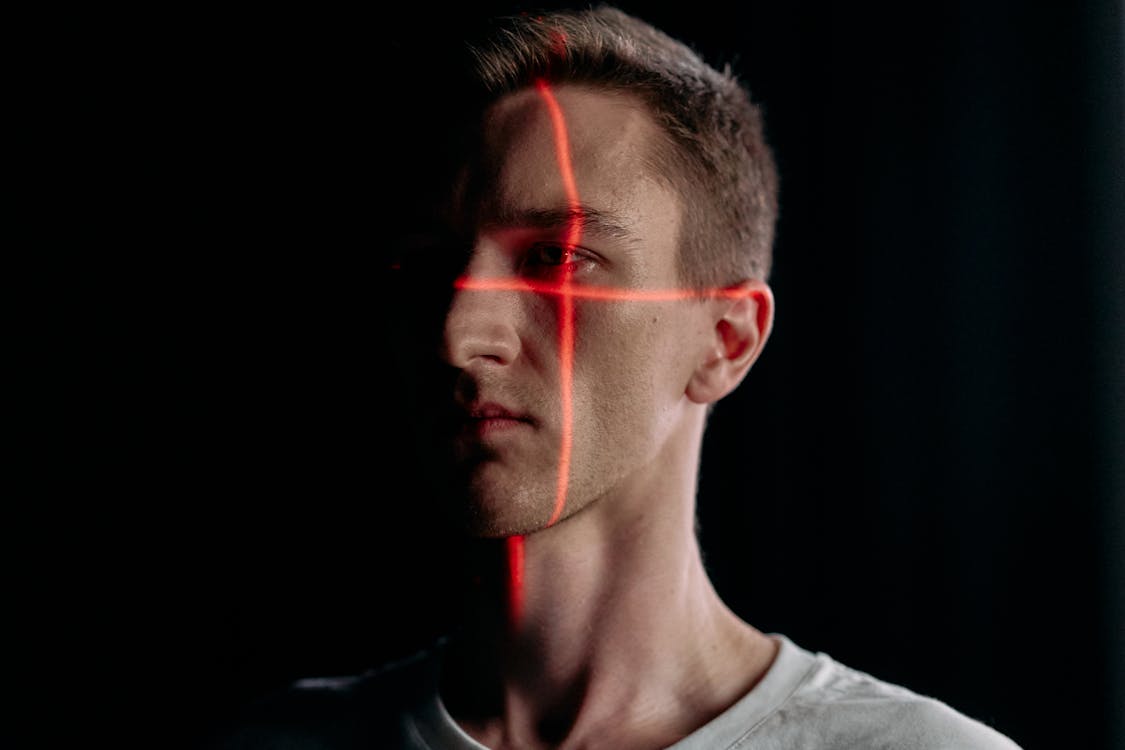Apple Enhances Accessibility: A Deep Dive into iOS 19's Inclusive Innovations
Apple is set to significantly boost the accessibility of its devices with the upcoming release of iOS 19 and updates to its other operating systems like iPadOS 19, macOS 16, watchOS 12, and visionOS 3 later this year. These new features aim to make using iPhones, iPads, Macs, and Vision Pro more intuitive and effective for individuals with a wide range of disabilities. Previewed ahead of the official WWDC 2025 keynote on June 9th, these innovations reflect Apple's ongoing commitment to designing technology for everyone.

A significant enhancement arrives with the App Store's new Accessibility Nutrition Labels. These labels offer an immediate understanding of an app's compatibility with assistive technologies like Voice Control, Larger Text, Reduced Motion, VoiceOver, Sufficient Contrast, and captions. This empowers users with disabilities to make informed decisions before downloading an app, ensuring compatibility and a confident purchase experience. Eric Bridges, President and CEO of the American Foundation for the Blind, applauds these labels as "a huge step forward for accessibility," stressing the importance of upfront accessibility information for consumers.
Braille Access transforms iPhones, iPads, Macs, and Vision Pro into adaptable braille notetakers, enabling text input via Braille Screen Input or external braille displays across all applications. Braille Access also supports Nemeth Braille for mathematical calculations, a system commonly used in classrooms for students with low vision. Furthermore, users can directly open Braille Ready Format (BRF) files, unlocking access to existing braille documents and books. An integrated form of Live Captions allows real-time transcription of conversations directly onto connected braille displays.

The popular Magnifier feature, available on iPhone and iPad since 2016 to assist users with poor vision, is now coming to the Mac. This app leverages the Mac's camera (including Continuity Camera or an attached USB camera) to magnify physical objects like screens or whiteboards. A novel Desk View feature enables reading documents by showing both the user's face and an overhead view of their desk simultaneously. Integrated within the Magnifier app across iOS, iPadOS, and macOS is the new Accessibility Reader. Designed for individuals with low vision or dyslexia, this reader allows extensive customization of text, including font, color, and spacing, and can be launched from any app.
Beyond these headline features, iOS 19 and related updates bring a suite of other enhancements. Personal Voice, which helps users at risk of losing their voice record messages, is improved using on-device AI and Machine Learning to create a natural-sounding voice from just 10 recorded phrases in under a minute. It now also supports Spanish (Mexico). Eye Tracking and Head Tracking provide new ways for users to control their iPhone and iPad through gaze or head movements, with improved keyboard input experiences. Apple is also adding support for Brain-Computer Interfaces (BCI) via new switch control protocols, offering support for users with severe mobility disabilities.
Other notable improvements include Background Sounds with new controls and timers, more customizable Music Haptics, Sound Recognition adding name alerts, expanded language support for Voice Control and Live Captions, and CarPlay enhancements like large text and detection of sounds like baby cries or sirens for deaf/hard of hearing users. A convenient Share Accessibility Settings feature allows users to quickly transfer their preferences to another device.

Expected to be fully released in September after months of beta testing, these features demonstrate Apple's strategic focus on making technology genuinely accessible. By integrating sophisticated technical solutions – from AI for voice generation to camera-based magnification and BCI support – Apple is not merely adding options but building foundational tools that empower users with disabilities, fostering greater independence and participation in the digital world.
(Writer:Frid)





